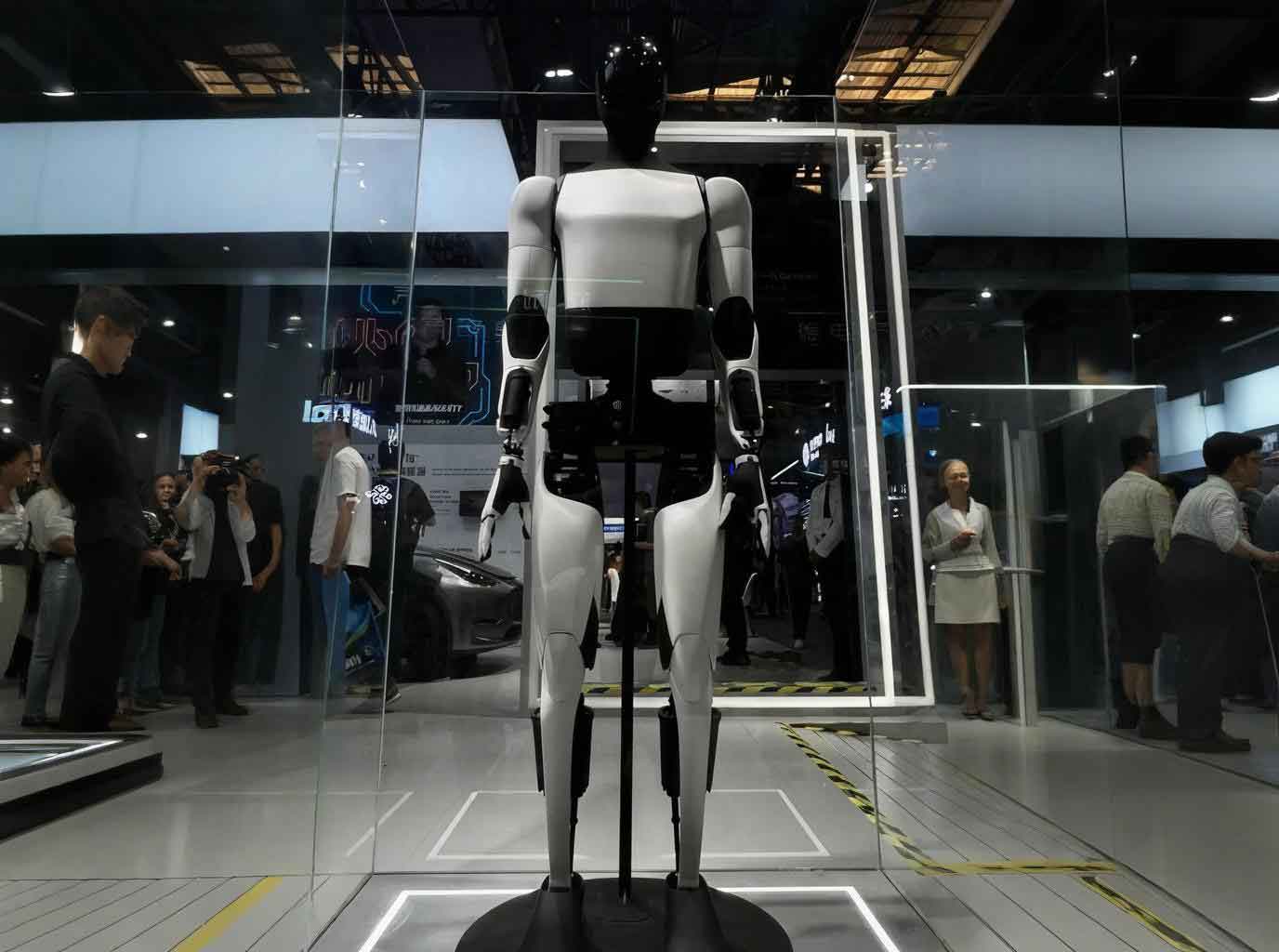Nestled between the southern foothills of Yangtai Mountain and Tanglang Mountain in Shenzhen’s Nanshan District, a 10-kilometer innovation corridor runs along Liuxian Avenue and Metro Line 5. This stretch connects Liuxiandong Headquarters Base, Shenzhen University Town, and Nanshan Zhiyuan, forming what’s now recognized as Shenzhen’s “Robot Valley”—a thriving hub for robotics where industry, academia, and research converge.
The valley hosts leading educational institutions like Southern University of Science and Technology, Shenzhen University’s Xili Campus, and Harbin Institute of Technology’s Shenzhen campus. It’s also home to robotics giants including DJI, Ubtech Robotics, Youjiang Technology, and RoboSense. This concentrated ecosystem is redefining global robotics development through technological breakthroughs and commercial applications.
1. Industry Agglomeration: Complete Ecosystem from Core Components to Whole-Machine R&D
“Starting from a single workstation at Chuangke Institute, we’ve relocated five times within Robot Valley because its ecosystem is irreplaceable,” shared a Youjiang Technology executive at Nanshan Zhiyuan’s Chongwen Park. “During our founding phase, engineers could take designs directly to nearby factories and receive processed parts the same day—this efficiency embodies Shenzhen’s advantage.”
Along Liuxian Avenue, companies like Ubtech Robotics, RoboSense, and Cloud Whale form a “Robotics Boulevard.” At Ubtech’s exhibition hall, the humanoid Walker S1 demonstrates industrial capabilities: sorting containers on production lines while identifying objects through voice commands. Recently, Ubtech secured the world’s first small-batch procurement contract for embodied robots, deploying Walker S1 for automotive manufacturing and Walker C for commercial services—marking a commercialization milestone for industrial embodied robots.

Supply chain integration defines the valley’s efficiency. Zhian New Energy, located in the same building as Ubtech, develops power systems for robotics. “Proximity to clients accelerates product iteration,” explained General Manager Zhang Caihui. The company addresses two critical battery needs for embodied robots: extended endurance for companion models using semi-solid/solid-state batteries, and high-rate rapid charging for labor-intensive machines.
A key innovation solves power delivery challenges in embodied robots. “When motors are distant from batteries during high-intensity movements like jumping, our energy modules position near motors to release instantaneous power,” Zhang detailed. “This reduces dependency on high battery rates and thick cables while increasing energy density.”
Shenzhen Institute of Innovation and Entrepreneurship further streamlines production. Its sharing economy model allows startups to access established supply chains—like Cloud Whale’s manufacturing resources—accelerating prototyping and scaling for new robotics ventures.
2. Integration of Industry, Academia and Research: “Intelligence Hub” Driving Technological Breakthroughs
Robot Valley operates on a “university-research institute-enterprise” synergy model. Institutions including SUSTech, Tsinghua SIGS, Peking University HSST, and Shenzhen Institute of Advanced Technology (SIAT) collaborate with over 100 robotics companies, collectively pushing technological boundaries.
The 2024 Shenzhen Robotics Industry White Paper, co-released by SIAT and Shenzhen Robotics Association, quantifies this growth: 74,032 robotics enterprises (39.64% YoY increase) generating ¥201.2 billion in output (+12.58% YoY), signaling quality-focused expansion.
Youjiang Technology exemplifies this integration. Incubated at SIAT’s Chuangke Institute, the company celebrates its 10th anniversary this year following its Hong Kong IPO. “We’ve achieved over 90% self-sufficiency in core components,” disclosed a company representative. “Full-stack R&D covers hardware/software platforms, algorithms, and autonomous operations—with breakthroughs in AI, machine learning, and safety for embodied robots.”
Tan Weijia, Secretary-General of Shenzhen Robotics Association, emphasized the valley’s structural advantage: “In the era of embodied intelligence, academic and industrial frontiers converge. Robot Valley naturally enables this fusion—its unique concentration of universities and enterprises creates ideal conditions for co-innovation.”
3. Future Outlook: From China’s Intelligent Manufacturing to Global Leadership
Shenzhen’s robotics ecosystem spans industrial, service, and specialized domains—performing tasks from factory logistics and coffee art to ship derusting and pool cleaning. “Real-world deployment—whether humanoid robots in factories or cleaning bots in homes—creates iterative improvement cycles,” noted Zhang Caihui. “This ensures Robot Valley’s sustained growth.”
A Shenzhen-based venture capitalist highlighted regional advantages: “First, China’s mature robotics supply chain covers components, manufacturing, and integration. Second, diverse application scenarios across manufacturing/service sectors provide unparalleled testing grounds.”
Global ambitions drive further innovation. Ubtech’s Walker S1 pioneers industrial adoption of embodied robots; RoboSense’s lidars replace imported equivalents; Youjiang’s collaborative robots lead global markets with 80,000+ units shipped. “Valley enterprises represent world-class expertise across embodied robot subsystems—from core components to AI brains and real-world implementation,” stated Tan Weijia. “Their clustering validates entire technological chains.”
Industry observers confirm that Robot Valley’s accelerating enterprises—advancing high-end, intelligent robotics—are positioning China as a global leader while redefining international industry standards through embodied intelligence breakthroughs.
